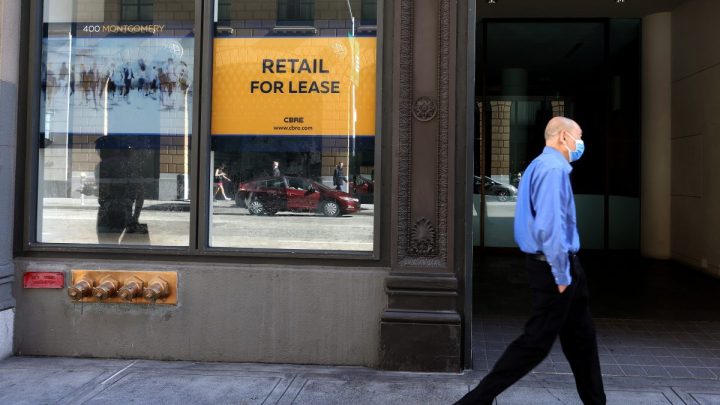
Could commercial real estate be the next shoe to drop at regional banks?
Could commercial real estate be the next shoe to drop at regional banks?

Because of Silicon Valley Bank, there have been loads of conversations the last couple weeks about the role regional banks play in this economy.
And beyond niche markets like, say, holding cash for startups and venture capital firms, much of what regional and community banks do is commercial real estate lending.
Now, the banking turbulence people have seen the past couple weeks seems to be somewhat calming down. But if another proverbial shoe is going to drop, it might be the dress shoes someone is no longer taking to the office.
Before people go stuffing money into their mattresses, shoeboxes or Bitcoin derivatives, several commercial real estate and banking experts have said that the sky is not falling.
There’s just a few reasons for worry.
“The banks have $270 billion of commercial real estate loans coming due this year,” said Matt Anderson, a managing director at Trepp Inc., which tracks commercial real estate. “By our estimate, about $80 billion of that is in the office space, which we’re extra concerned about.”
A good chunk of that debt is owed to the giant, too-big-to-fail banks, however, they’ve got other lines of business they can rely on.
“Regional and smaller banks tend to be more loan heavy in the first place, and commercial real estate even more so,” Anderson said.
Office building owners typically would just refinance that $80 billion they owe, but Tomasz Piskorski at Columbia Business School said refinancing is not a very attractive option right now. Interest rates are really high, and the value of office buildings is rocky.
“Currently these office buildings are worth much less than when these loans were issued,” he said.
Office occupancy rates are at about 50% in major cities, according to the office key card company Kastle. If office building owners start missing payments or going into foreclosure, it could hurt the banks.
“The banks at some point would have to recognize these losses which would put their capital position in an even worse position than it currently is,” Piskorski said.
Yes, that sounds scary. But late payments actually aren’t up all that much so far this year. Kevin Fagan at Moody’s said regional banks and other lenders have been much pickier about who to give money to.
“They can weather the storm for a while. It needs to be an extreme, permanent kind of drop,” he said.
Fagan said it’s too early to be having financial crisis deja vu, but he also said you can expect banks of all sizes to be even more tight with their lending.
There’s a lot happening in the world. Through it all, Marketplace is here for you.
You rely on Marketplace to break down the world’s events and tell you how it affects you in a fact-based, approachable way. We rely on your financial support to keep making that possible.
Your donation today powers the independent journalism that you rely on. For just $5/month, you can help sustain Marketplace so we can keep reporting on the things that matter to you.












